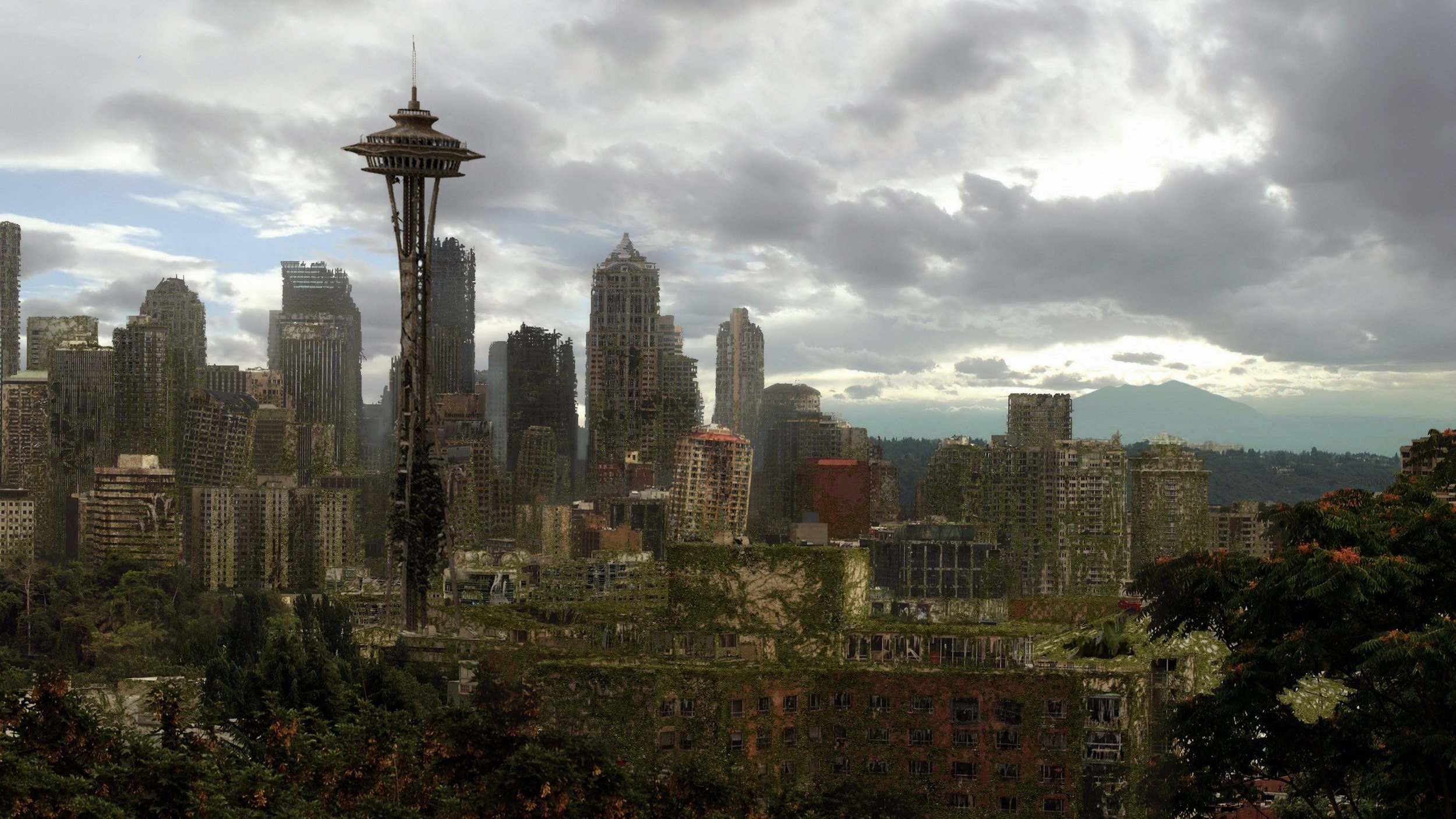Indonesia Volcano Forces Mass Evacuation, Shuts Bali Airport
/By FIRDIA LISNAWATI and STEPHEN WRIGHT, Associated Press
KARANGASEM, Indonesia (AP) — Indonesian authorities ordered 100,000 people to flee Monday from an erupting volcano on Bali that forced the island's international airport to close, stranding large numbers of travelers.
Mount Agung has been hurling clouds of white and dark gray ash about 3,000 meters (9,800 feet) into the atmosphere since the weekend and lava is welling up in the crater, sometimes reflected as a reddish-yellow glow in the ash plumes. Its explosions can be heard about 12 kilometers (7 1/2 miles) away.
Videos released by the National Disaster Mitigation Agency showed a mudflow of volcanic debris and water known as a lahar moving down the volcano's slopes. It said lahars could increase because it is rainy season and warned people to stay away from rivers.
The agency raised the volcano's alert to the highest level early Monday and expanded the danger zone to 10 kilometers (6 miles) in places from the previous 7 1/2 kilometers. It said a larger eruption is possible.
The volcano's last major eruption in 1963 killed about 1,100 people.
Spokesman Sutopo Purwo Nugroho told a news conference in Jakarta that the extension of the danger zone affects 22 villages and about 90,000 to 100,000 people. He said about 40,000 people have evacuated but others have not left because they feel safe or don't want to abandon their livestock.
"Authorities will comb the area to persuade them," he said. "If needed we will forcibly evacuate them." About 25,000 people were already living in evacuation centers after an increase in tremors from the mountain in September sparked an evacuation.
Lava rising in the crater "will certainly spill over to the slopes," Sutopo said.
Villager Putu Sulasmi said she fled with her husband and other family members to a sports hall that is serving as an evacuation center.
"We came here on motorcycles. We had to evacuate because our house is just 3 miles from the mountain. We were so scared with the thundering sound and red light," she said.
The family had stayed at the same sports center in September and October when the volcano's alert was at the highest level for several weeks but it didn't erupt. They had returned to their village about a week ago.
"If it has to erupt let it erupt now rather than leaving us in uncertainty. I'll just accept it if our house is destroyed," she said.
Bali's airport was closed early Monday after ash, which can pose a deadly threat to aircraft, reached its airspace.
Flight information boards showed rows of cancellations as tourists arrived at the busy airport expecting to catch flights home.
Airport spokesman Air Ahsanurrohim said 445 flights were canceled, stranding about 59,000 travelers. The closure was in effect until Tuesday morning, though officials said the situation would be reviewed every six hours. It had a ripple effect across Indonesia, causing delays at other airports because Bali's I Gusti Ngurah Rai airport is a national hub with many transiting flights.
Bali is Indonesia's top tourist destination, with its gentle Hindu culture, surf beaches, and lush green interior attracting about 5 million visitors a year.
A Chinese tour service, Shenzhen PT Enjoy Bali International, had about 20 groups totaling 500 to 600 travelers from the Chinese cities of Wuhan, Changsha and Guangzhou in Bali, according an executive, Liao Yuling, who was on the island.
"They are mostly retirees or relatively high-end, so they don't say they are especially anxious to rush home," she said by telephone.
The company was waiting to see whether Bali's airport might open on Tuesday, said Liao. If not, she said buses and ferries would be arranged to take travelers to Surabaya on Java, where the company's charter flights could pick them up.
"We are not really affected because the volcano is too far away. It is about 70 kilometers (45 miles) from us," said Liao. "We only can say we saw pictures of it on television."
Indonesia's Directorate General of Land Transportation said 100 buses were being deployed to Bali's international airport and to ferry terminals to help travelers stranded by the eruption.
The agency's chief, Budi, said major ferry crossing points have been advised to prepare for a surge in passengers and vehicles. Stranded tourists could leave Bali by taking a ferry to Java and then traveling by land to the nearest airports.
Indonesia's tourism ministry said member hotels of the Indonesia Hotel and Restaurant Association will provide a night's free accommodation to people affected by the airport closure.
Ash has settled on villages and resorts around the volcano and disrupted daily life outside the immediate danger zone.
"Ash that covered the trees and leaves is very difficult for us because the cows that we have cannot eat," said Made Kerta Kartika from Buana Giri village. "I have to move the cows from this village."
Indonesia sits on the Pacific "Ring of Fire" and has more than 120 active volcanoes.
___
Wright reported from Jakarta. Associated Press writers Ali Kotarumalos in Jakarta and Joe McDonald in Beijing contributed to this report.



















